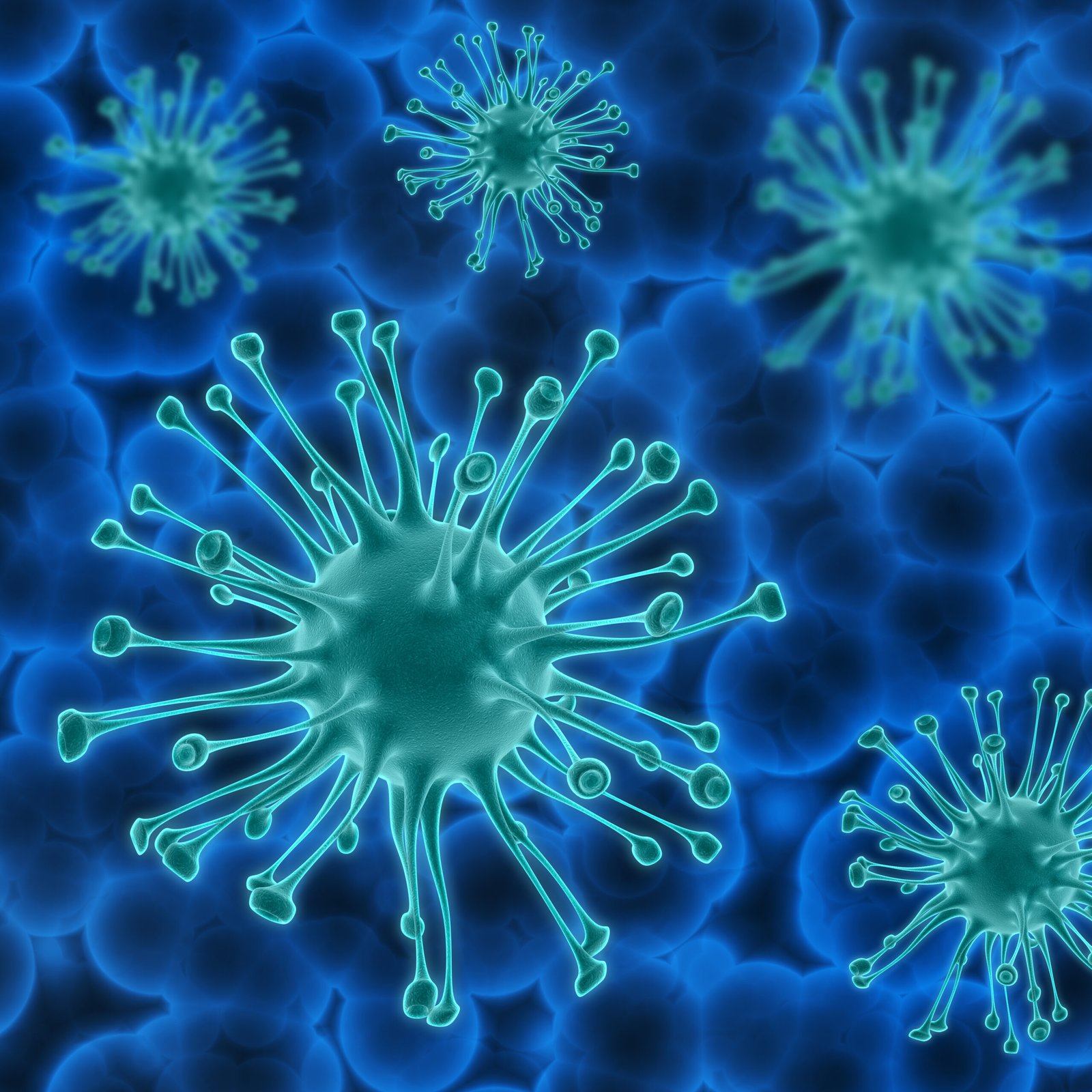A new study funded by the National Institutes of Health (NIH) suggests that a single mutation in the H5N1 influenza virus could make it easier to spread among humans. Published today in Science, the research highlights the need for ongoing surveillance of the virus.
1.Mutation in H5N1 Virus
The H5N1 virus currently circulating in U.S. dairy cows is not known to spread easily between people. However, infections have occurred in people who were exposed to infected animals, such as wild birds, poultry, dairy cows, and other mammals. This raises concerns about the potential for the virus to evolve and become more transmissible to humans.
2.How the Virus Spreads
Influenza viruses attach to cells using a surface protein called hemagglutinin (HA). The HA protein binds to specific sugar receptors on cells to start an infection. Avian influenza viruses, like H5N1, have not spread to humans easily because they primarily bind to receptors found in birds, not humans.
Scientists worry that if the virus evolves to recognize human-type receptors, it could potentially infect people and spread from person to person.
3.The Key Mutation: Q226L
Researchers at Scripps Research studied the H5N1 virus isolated from the first U.S. human case of bovine H5N1 (A/Texas/37/2024). They focused on how mutations in the HA protein could change its ability to bind to human or avian receptors. One specific mutation, called Q226L, helped the virus bind more effectively to human-type receptors, especially when combined with another mutation.
4.What Does This Mean for the Future?
The Q226L mutation alone does not mean that the H5N1 virus is about to cause a global pandemic. However, the mutation could make it easier for the virus to infect humans. Scientists caution that more mutations would likely be needed for human-to-human transmission to occur.
5.Continued Surveillance is Crucial
The study emphasizes the importance of monitoring the H5N1 virus for potential genetic changes. With more human cases occurring due to direct contact with infected animals, keeping track of these changes is essential for public health preparedness.
This research was supported by NIH’s National Institute of Allergy and Infectious Diseases (NIAID) and its Centers of Excellence for Influenza Research and Response program.
Source:NIH/National Institute of Allergy and Infectious Diseases
Date:Dec 9 2024
Key words:H5N1 Virus,Mutation,Human Transmission,Hemagglutinin (HA),Q226L




